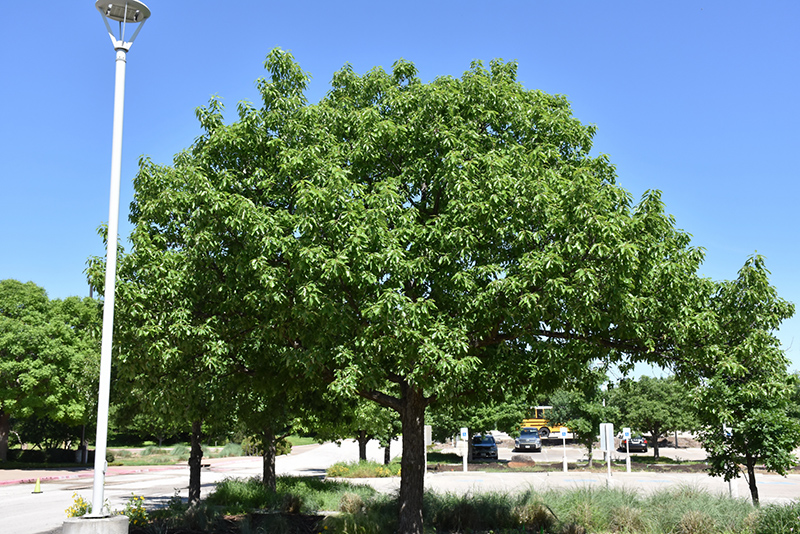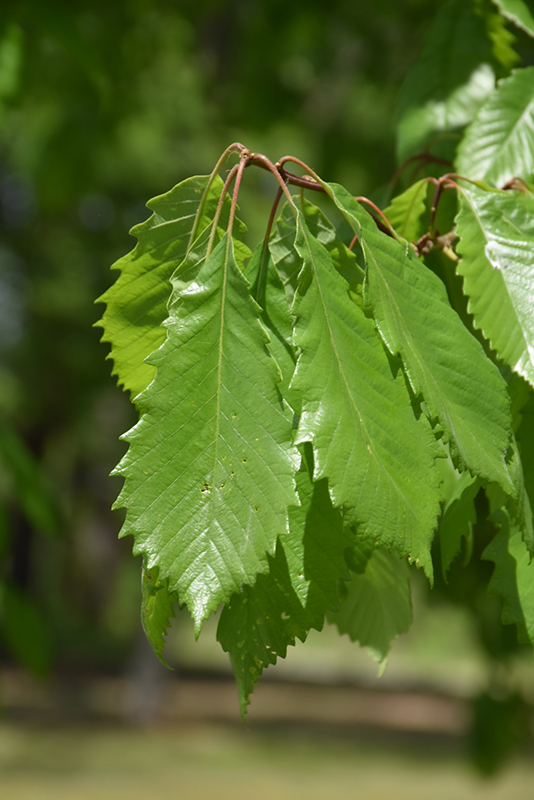Plant Search
Height: 50 feet
Spread: 60 feet
Sunlight:
![]()
Hardiness Zone: 5a
Other Names: Yellow Chestnut Oak
Description:
A stately large-growing shade tree with a rounded outline and wide-spreading habit of growth, distinguished branching habit; best for larger landscapes where it can spread its wings, very tough and adaptable but somewhat slow growing
Growing Place Choice Plants
Our Growing Place Choice plants are chosen because they are strong performers year after year, staying attractive with less maintenance when planted in the right place.
Learn more about this promotion!
Ornamental Features
Chinkapin Oak has dark green deciduous foliage on a tree with a round habit of growth. The serrated narrow leaves turn coppery-bronze in fall. However, the fruit can be messy in the landscape and may require occasional clean-up.
Landscape Attributes
Chinkapin Oak is a deciduous tree with a more or less rounded form. Its average texture blends into the landscape, but can be balanced by one or two finer or coarser trees or shrubs for an effective composition.
This tree will require occasional maintenance and upkeep, and is best pruned in late winter once the threat of extreme cold has passed. It is a good choice for attracting squirrels to your yard. Gardeners should be aware of the following characteristic(s) that may warrant special consideration;
- Messy
Chinkapin Oak is recommended for the following landscape applications;
- Shade
Planting & Growing
Chinkapin Oak will grow to be about 50 feet tall at maturity, with a spread of 60 feet. It has a high canopy with a typical clearance of 7 feet from the ground, and should not be planted underneath power lines. As it matures, the lower branches of this tree can be strategically removed to create a high enough canopy to support unobstructed human traffic underneath. It grows at a medium rate, and under ideal conditions can be expected to live to a ripe old age of 300 years or more; think of this as a heritage tree for future generations!
This tree should only be grown in full sunlight. It is very adaptable to both dry and moist locations, and should do just fine under average home landscape conditions. It is considered to be drought-tolerant, and thus makes an ideal choice for xeriscaping or the moisture-conserving landscape. It is not particular as to soil type or pH. It is quite intolerant of urban pollution, therefore inner city or urban streetside plantings are best avoided. This species is native to parts of North America.
A NetPS Plant Finder tool



